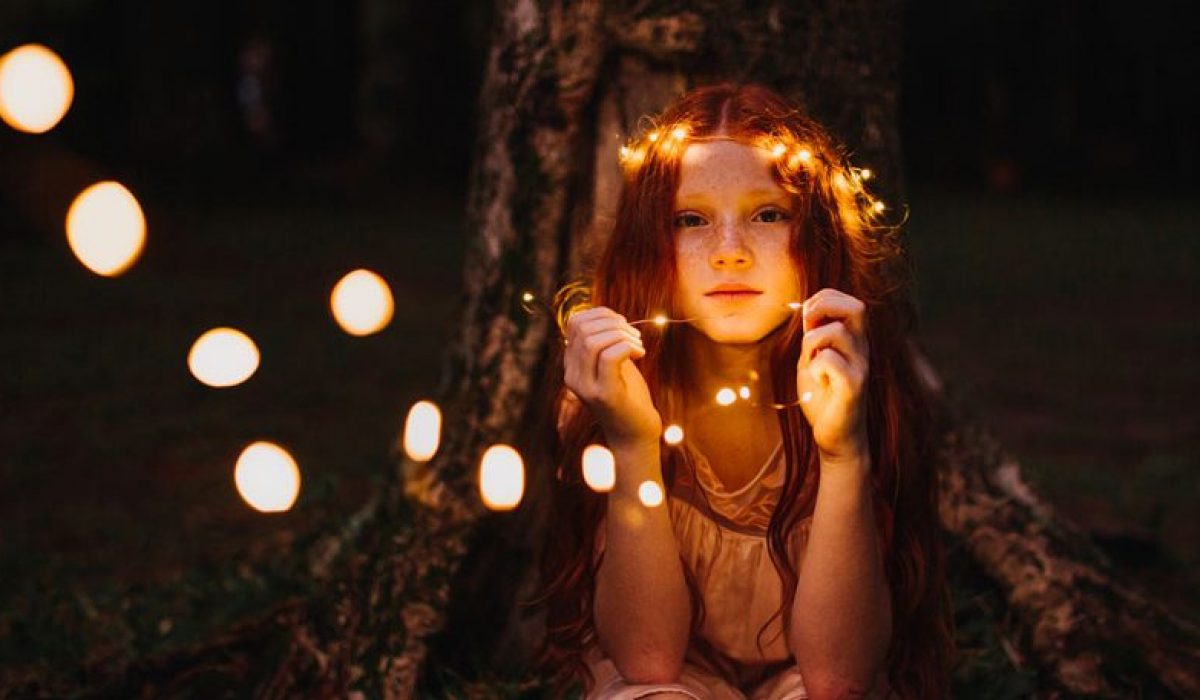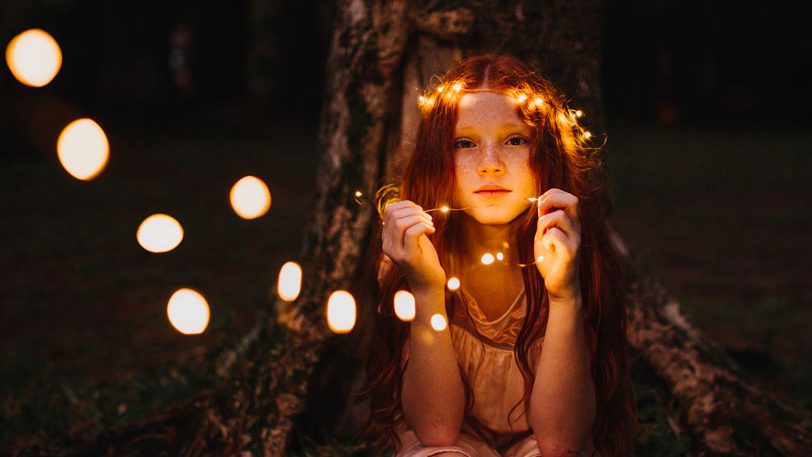Halloween is becoming one of few days each year that are special for both adults and children. In many households, it’s more so for the children as they get to dress up as their favorite cartoon character, super hero, or some may take the scary route and dress up as a Vampire, Witch, or other “Things That Go Bump In The Night”.
Yes, kids love Halloween, but not all kids – the whole costumes, creepy ghouls, and goblins may not be the cup of tea for your anxious child.
Every child is different and unique, yet it is typical for them to develop anxieties and fears at some point in their childhood. This is especially so for kids with special needs, sensory issues and those on the autism spectrum.
Why?
Halloween Is All About Scariness
It doesn’t take a genius to know that darkness, talk of ghosts and demons, scary costumes and decorations that turn neighboring homes into graveyards will scare the bejeezus out of kids struggling with anxiety.
Halloween Holiday Disrupts Daily Routines
Children who struggle with anxiety and autism find it difficult to cope with disrupted routine. They get confused, and sometimes all this can be overwhelming.
Different sights, strangers everywhere, spooky decorations, games, doorbells ringing and everything can result in sensory overload for them.
Indeed, for your anxious child Halloween is downright terrifying, scary, uncomfortable and unpredictable so how can you make it less spooky, fun and one they’ll love to remember.
Here Are 7 Ways To Do That:
1. Explain What Halloween Is All About
It is easier for parents to assume that their kids “know” that Halloween is mere makeup and costumes, but the fact is some kids find it difficult to distinguish between reality and fantasy.
It’s ideal to talk to your kids about Halloween; it presents a wonderful opportunity for them to tell you how the holiday makes them feel, what they like and also what they dislike.
Opening up a conversation with your kid and listening without judgment can go a long way in reducing their fears. Validate their feelings and fears – this will help normalize them but also make them understand that you’re there for them. You can do that by sharing stories of your childhood fears, the trick here is to make sure you elaborate more on how you conquered them then on what they were.
By accepting and respecting your child’s fear, you’ll boost their confidence of sharing their anxieties with you.
2. Using Social Story
The idea now is to make sure your anxious child sees Halloween differently, and one of the most effective ways to do this is to write an easy-to-understand social story. Doing this with your child and from his or her perspective helps your child navigate properly during the Halloween holiday period.
A social story maps out and pre-plans the holiday. It allows you to write about an event that causes anxiety for your child and how they can overcome it.
3. Do Not Force Your Child
Pressuring your kid to do something he or she is fearful can easily backfire and worsen the situation. I believe you know best where your child’s breaking point is, do well to find that middle ground.
Make sure she picks her costume herself since she has told you what she likes and dislikes, do your best to make sure she enjoys the holiday. Include some art and craft activities so your child gets to decorate or paint a pumpkin or a skeleton, etc. This will increase their comfort level to the usual Halloween decor.
4. Take Baby Step
Taking baby or mini steps means familiarizing your child with the scary stuff before Halloween fully kicks off. Find pictures online, go to a Halloween stores and try to explain to him or her that these are all plastics and paints.
5. Communicate With Others
Although it is virtually impossible to avoid all the scary imagery that appears on the front lawns of your neighbors, schools and even on TV at this time of the year, it is never a bad idea to communicate with others about your child’s sensitivity.
The fact is you’re not the only one with a sensitive child so talk to schools, your child’s teachers, churches, neighbors, friends and the whole family about ways to make the Halloween fun, friendly and safe for all children.
6. Host Your Own Halloween Party
First off, if your kids are trick or treating, do well to avoid houses with deathly décor and spooky music and just stick to the sweeter sites. In order to completely avoid complicated trick for your anxious child especially in cases where you are not sure of what will happen at a party, he or she has been invited – have your own.
You can have a special, small party of your own. Plan the party with your child around Halloween items that feel safe to them. Better yet, create the Halloween party around a theme they like and feel most comfortable with.
7. Role-Play And Practice
Having a Halloween dress rehearsal with your kids will allow your anxious child to have a positive experience and is one of the best ways to help him or her become less sensitive to the actual event. Also, this gives them control and make them feel safer with the costume of their siblings and even pets.
You must remember to put into consideration the needs of your other children so that the holiday will also be a happy and memorable one for them too. Communicate with them regarding their brother or sister’s disability and everyone should be part of the planning.
By doing all these, you’ll be able to make the Halloween much more fun for your anxious youngster and as such make the occasion as exceptional one for the whole family.
For more information, questions or to request appointment, please visit us at www.wakecounseling.com or call us at 919-647-4600


